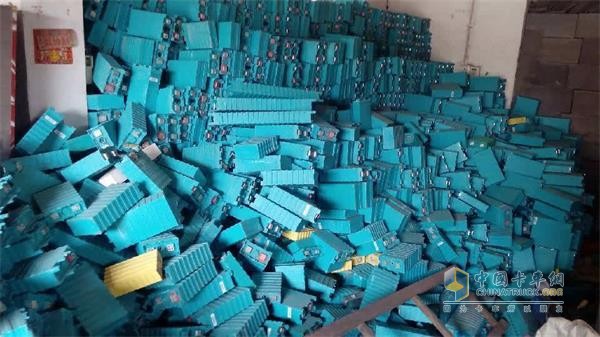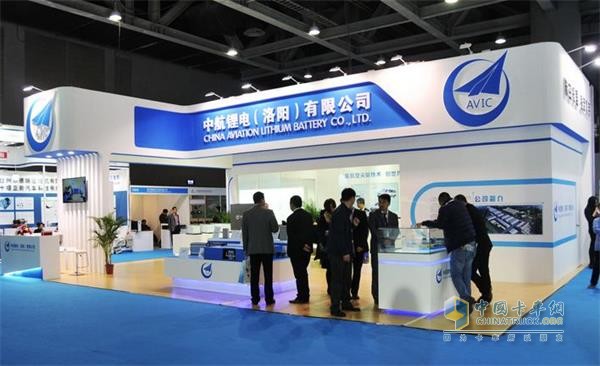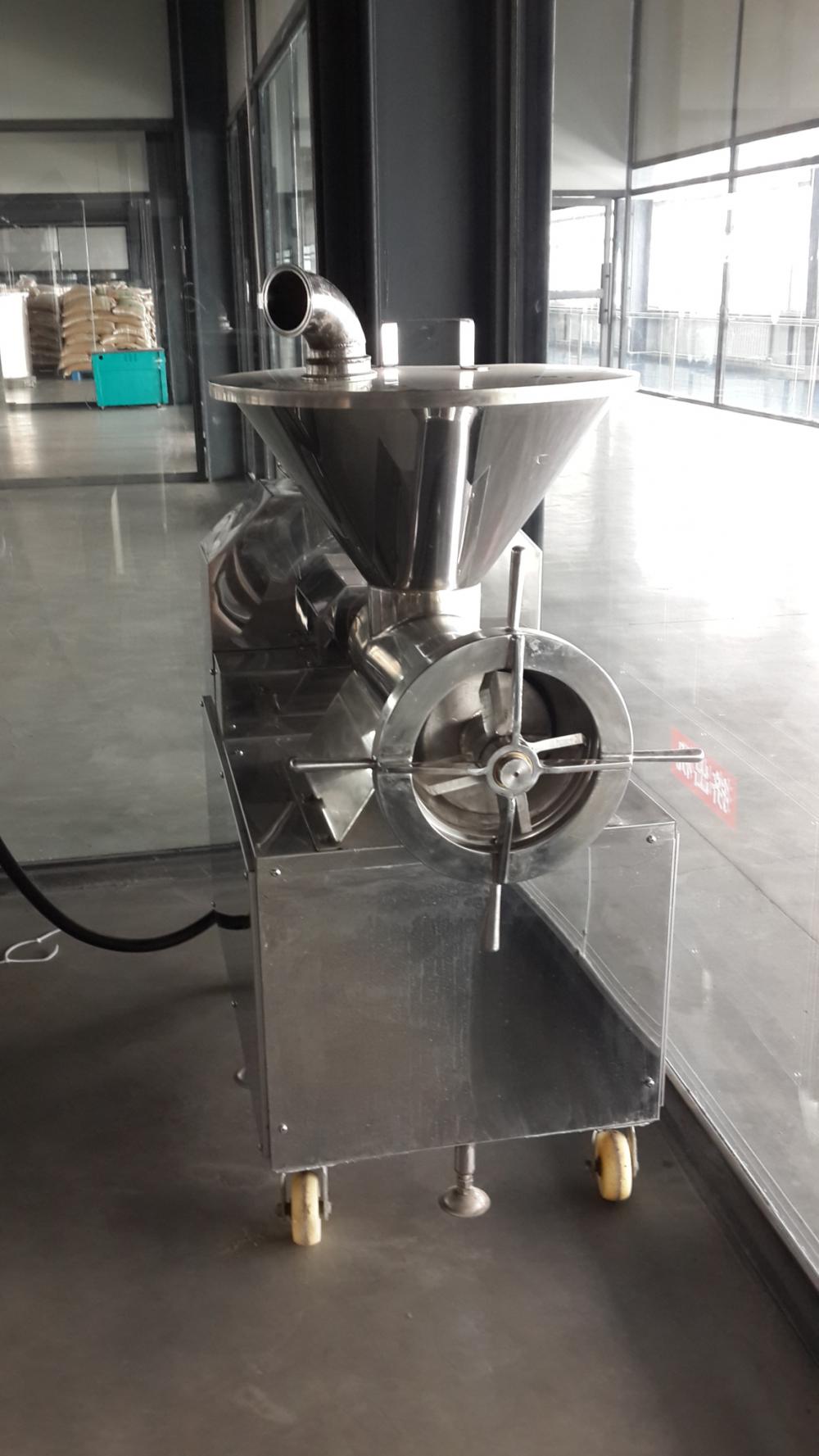As early as 2006, the Ministry of Industry and Information Technology, the Ministry of Science and Technology, and the former State Environmental Protection Administration jointly issued the "Technical Policy for the Recycling and Utilization of Automobile Products." It clearly stated that electric vehicles (including hybrid vehicles, etc.) must be responsible for the recovery and disposal of electric vehicles. The battery on the car requires the hazardous waste such as waste battery to be handed over to a qualified company for disposal. This is also our country’s earlier policy and regulation on the disposal of end-of-life batteries for electric vehicles.
 Power battery recycling
Power battery recycling
In December 2014, the four ministries and commissions of the Ministry of Finance jointly issued the “Notice on the Financial Support Policy for the Promotion and Application of New Energy Vehicles for 2016-2020 (Draft for Soliciting Opinions)â€, which clarified the responsibility of the automobile manufacturer as the main responsibility for the recycling of power batteries. Responsible for the recovery of power batteries.
In December 2016, the Ministry of Industry and Information Technology organized the "Interim Measures for the Management of Recycling and Utilization of Powered Storage Battery for New Energy Vehicles" (Draft for Soliciting Opinions). Once again, it clearly encourages automobile manufacturers, battery manufacturers, recycling and dismantling companies, and comprehensive utilization companies to cooperate and build and share waste power battery recycling networks through various forms.
In early February 2017, the Ministry of Industry and Information Technology, the Ministry of Commerce, and the Ministry of Science and Technology jointly issued the “Guidance Opinions on Accelerating the Development of Regenerative Resources Industriesâ€, referring to the “Piloting the Recycling and Utilization of New Energy Vehicles, Establishing and Perfecting the Standard System for the Recycling of Waste Power Cells. Promote the use of waste power battery cascades."
A series of policies have been introduced one after another, reflecting the importance of the national level for power lithium battery recycling. If the "Automobile Product Recycling Technology Policy" in 2006 is just "a rainy day" for the recovery of power lithium batteries, the "Guidance Opinions on Accelerating the Development of Renewable Resources Industry" after 11 years in a row can be regarded as a power lithium battery. Recycled "system deployment." However, in actual operation, power lithium battery recycling did not really achieve "industrialization".
Through analysis, it is not difficult to see that the failure of “industrialization†is the main responsibility. In the above policies, it has been clarified that the main responsibility for the recovery of power lithium batteries is automobile manufacturing enterprises. However, many new energy vehicle companies do not really assume the responsibility of the “main bodyâ€. One of the important reasons is that the first bulk sales of new energy sources. The car, whose power battery has not yet entered the large-scale scrapping period. Without practical application, everything is "on paper". Although Beiqi New Energy and Changjiang Automobile have begun to deploy lithium power recycling, the number of recovered batteries is relatively small, and it is difficult to form industrialization experience. This makes the recycling layout of the entire vehicle companies still appear in the "conception" stage.
In spite of this, many ideas are still "looks beautiful." For example, Beiqi New Energy plans to use its 312 independent new energy automobile sales and service networks nationwide built by 2020 to promote the standardized recycling of decommissioned power batteries through consumer service policy innovations, and practice based on taxi change points. The power battery is used for full life cycle operation mode of charge replacement, maintenance, inspection, and ladder utilization.
Who produces and who is responsible. In the final analysis, the recycling of power lithium batteries is a complete vehicle company, but the real recycling is not the strength of the vehicle company. As a battery supplier, the battery manufacturer seems to be obliged in this regard. In fact, the battery company has a more specific recovery road map than the entire vehicle company in this respect.
BYD, which has a cyclical industrial chain, is both a battery producer and an entire vehicle manufacturer. It has natural advantages in the recovery of power lithium batteries, so the layout is also earlier. To this end, BYD has set up a special recycling and inspection system, from battery recycling to screening and testing, step-by-step utilization, and finally to dismantling and recycling, all of which can be carried out in self-owned or cooperative factories. The power battery recovery chain is basically formed, and it is also for others. Enterprise layout power battery recycling provides a useful reference.
In addition, CATL, Guoxuan Hi-Tech, China Aviation Lithium, Watmar, BAK and other well-known battery manufacturers, also in advance to achieve a complete layout of the power lithium battery recycling, after their own products for recycling testing, ladder utilization to distribution Energy storage or small power systems, then shipped to battery recycling companies for dismantling. However, this kind of enterprise's internal circular chain layout always belongs to “go it aloneâ€, a battery plant’s recovery model for one or more automakers, and for hundreds of domestic automakers and battery factories, and the follow-up faced with “ For GWh, the unit's calculated power battery scrap rate will be inadequate. How to form a valuable recycling industry chain in the whole industry chain is worth serious consideration by the tripartite vehicle, battery, and recycling company.
 CNAC Lithium
CNAC Lithium
In this regard, the beneficial attempts of some companies have also opened up a new idea for us. Chaowei Group's involvement in the power lithium battery business is not a long time, but the 48 volt "one-time power standard module" designed and developed by the company has solved the consistency problem of using batteries for ladders. There is a problem in replacing the consistency by using standardized battery packs. The batteries make it easier to use the subsequent steps. At the same time, Chaowei Group also proposed the concept of promoting the post-battery market and the use of ladders in the form of a third-party battery after-sales service platform. Through a third-party company, the entire automobile plant and the battery plant will be linked and provided by a third-party company. The battery maintenance service and subsequent recovery and transportation processing will integrate the front end of the recovery chain to ensure the reliability of the recovered battery source.
Although Chaowei Group's “service-driven recovery model†is still trying to find a way, the idea of ​​joint upstream and downstream also allows us to see the possibility of power battery recycling forming an industrial value chain. However, in the eyes of scholars, the value chain is only one aspect. What is more important is how to return to the original intention of recycling—green environmental protection.
In the lithium battery recovery method, the wet process is commonly used in the country, that is, the lithium ion battery is treated differently in the acid solution, thereby extracting different metal elements. However, due to the limited extraction of the elements in the traditional wet process, the waste solution will often cause new pollution to the environment. At the same time, the related harmless treatment will also take a relatively high cost. How to make lithium recycling more environmentally friendly, more economical, some domestic research institutions have made many attempts.
Xu Shengming, vice president of Jiangxi University of Science and Technology and professor at Tsinghua University, proposed that by increasing the pre-treatment steps before the recycling of lithium battery materials, and adopting more advanced manufacturing processes, the maximum extraction of various elements in used lithium batteries will reduce the follow-up. At the same time, we have obtained high value-added recycled materials to improve economic efficiency. Zhang Fushen, a researcher at the Research Center for Eco-Environmental Sciences at the Chinese Academy of Sciences, believes that through mechanical and chemical activation methods, the use of mechanical energy to induce chemical reactions can effectively reduce the pollution caused by new chemical substances in the recycling process. , And easier to achieve bulk processing; Beijing Institute of Technology Li Li, said that if the use of natural organic acid to replace the existing acid solution for recycling, will be more green.
The original intention of power lithium battery recycling is green environmental protection, resource reuse, and the key to enabling companies to participate is economy. It is believed that under the joint promotion of government departments, scientific research institutions and industrial chain companies, consumers will no longer appear. Worried that the battery can not effectively recover the environmental pollution caused by the dilemma of not buying electric cars.
We are professional engaged in food machinery research, development, production, industry and trade as one of the outstanding enterprises. After years of research and practice, we have developed pepper deep processing lines, pickled cabbage production lines, soybean production Line,mixer,grinder,dehydrated vegetables drying equipment,six series food special machinery. Our products has been sold throughout the country and south korea, japan,spain and other countries and the middle east and Africa. The machine in this classification are used for dehydration of fruit and vegetable. The machine has good technical performance,simple operation, convenient maintenance and cleaning,high production efficiency,stable performance.
The machine in this classification are used for producing soybean paste, the equipment has the advantages of reasonable design, compact structure, simple operation and convenient maintenance.
In this classification you can find soybean paste extruder, soybean cleaning machines, soybean cooking pot, and so on.
we are looking forward to cooperate with you.

Soybean Cleaning Machine,Mixture Proportioning System,Cooling Machine,Soybean Processing Equipment
QINGDAO HK MACHINERY AND EQUIPMENT CO.,LTD , http://www.hk-machinery.com